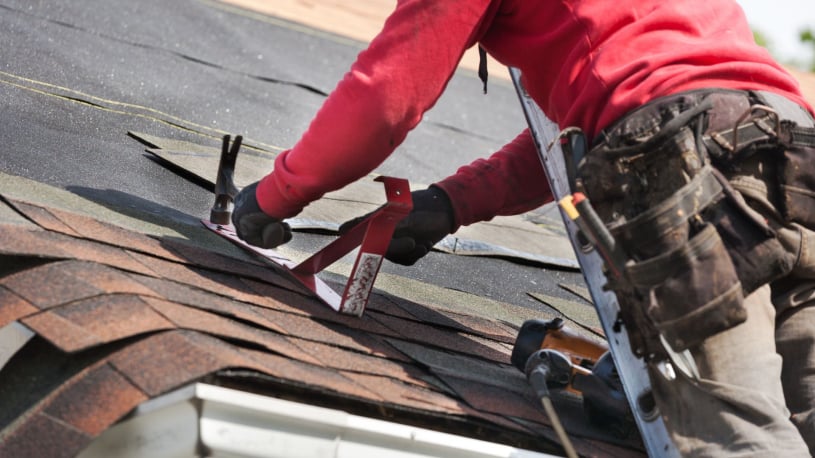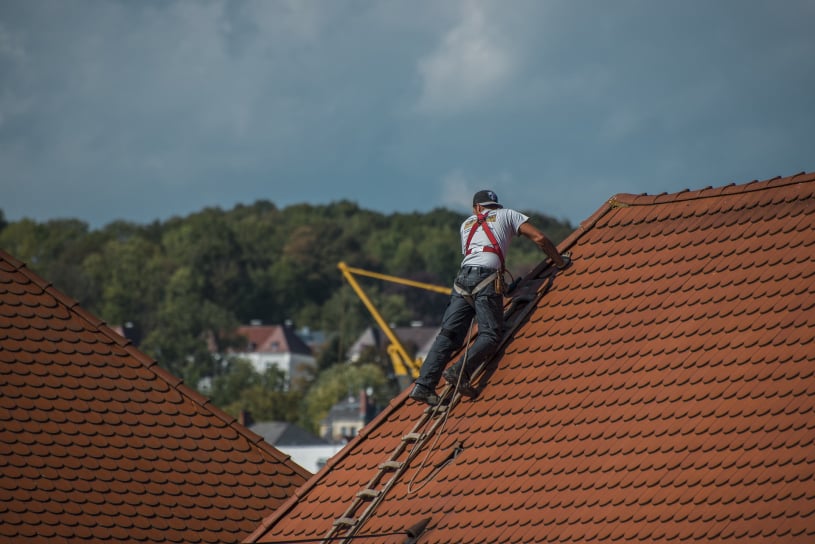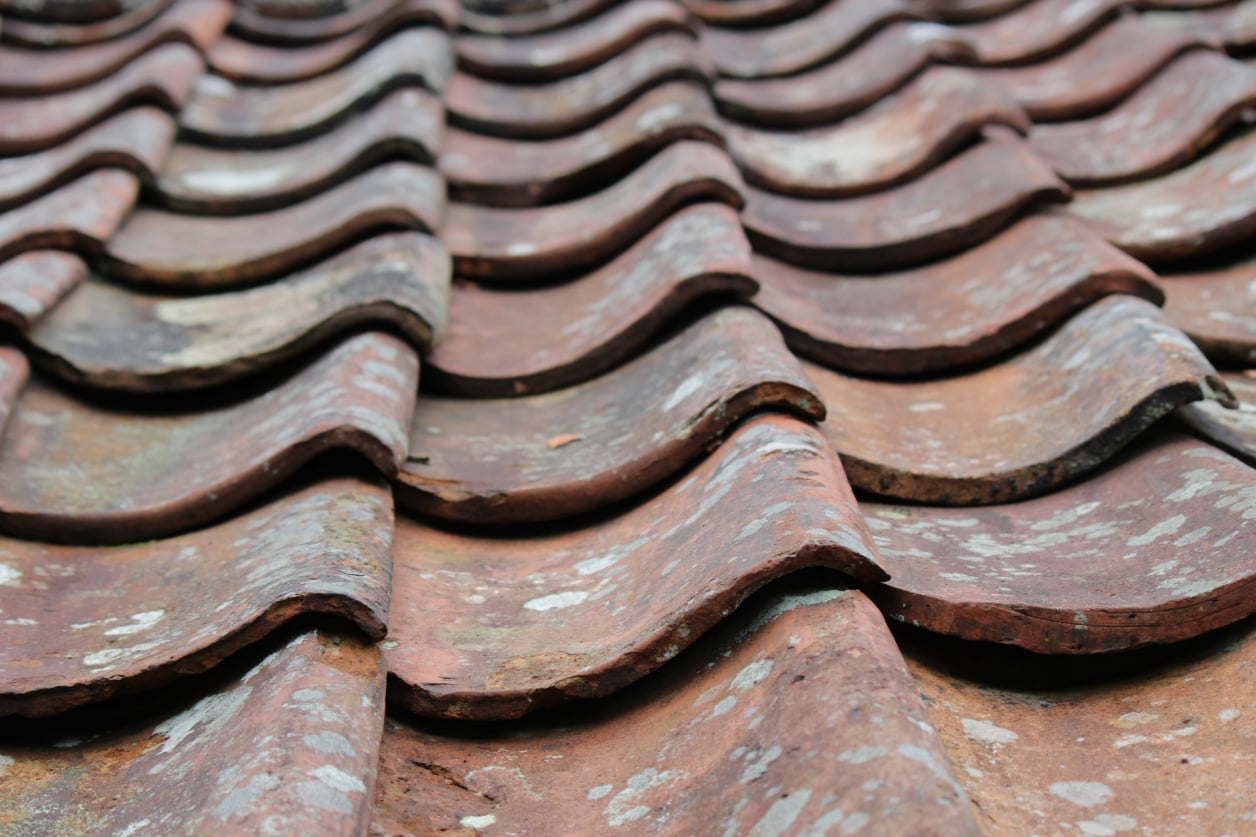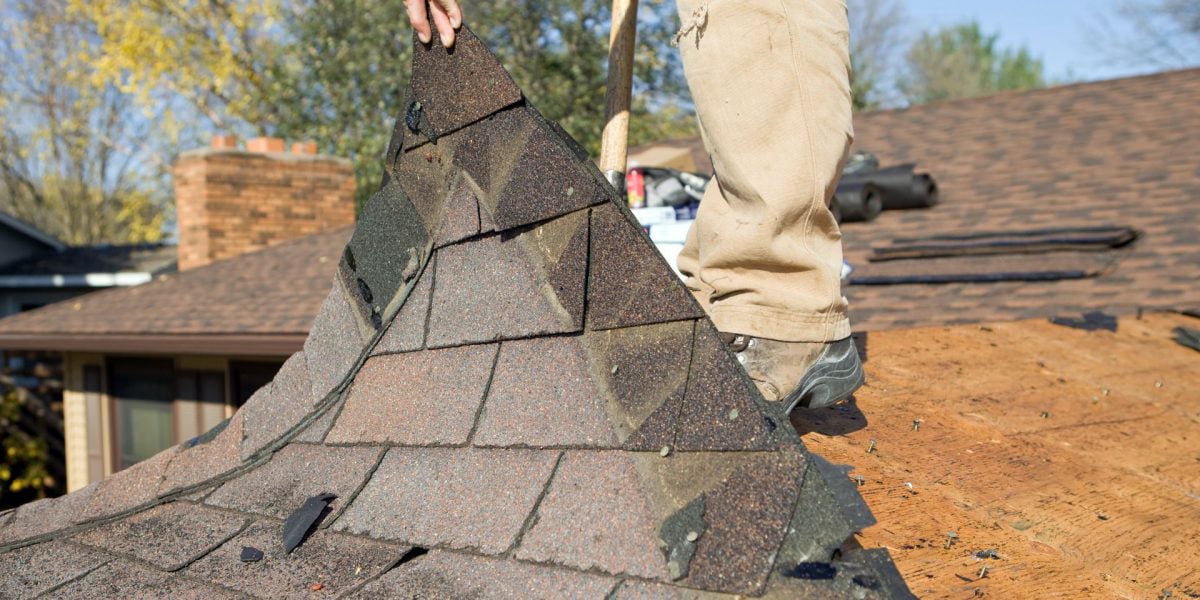
Gather Your Tools and Materials
To fix flashing issues, you'll need the following tools and materials: ladder, pry bar or putty knife, hammer and roofing nails, roofing cement or sealant, measuring tape, caulking gun, tin snips (for cutting the flashing), and flashing material (aluminum or galvanized steel),


